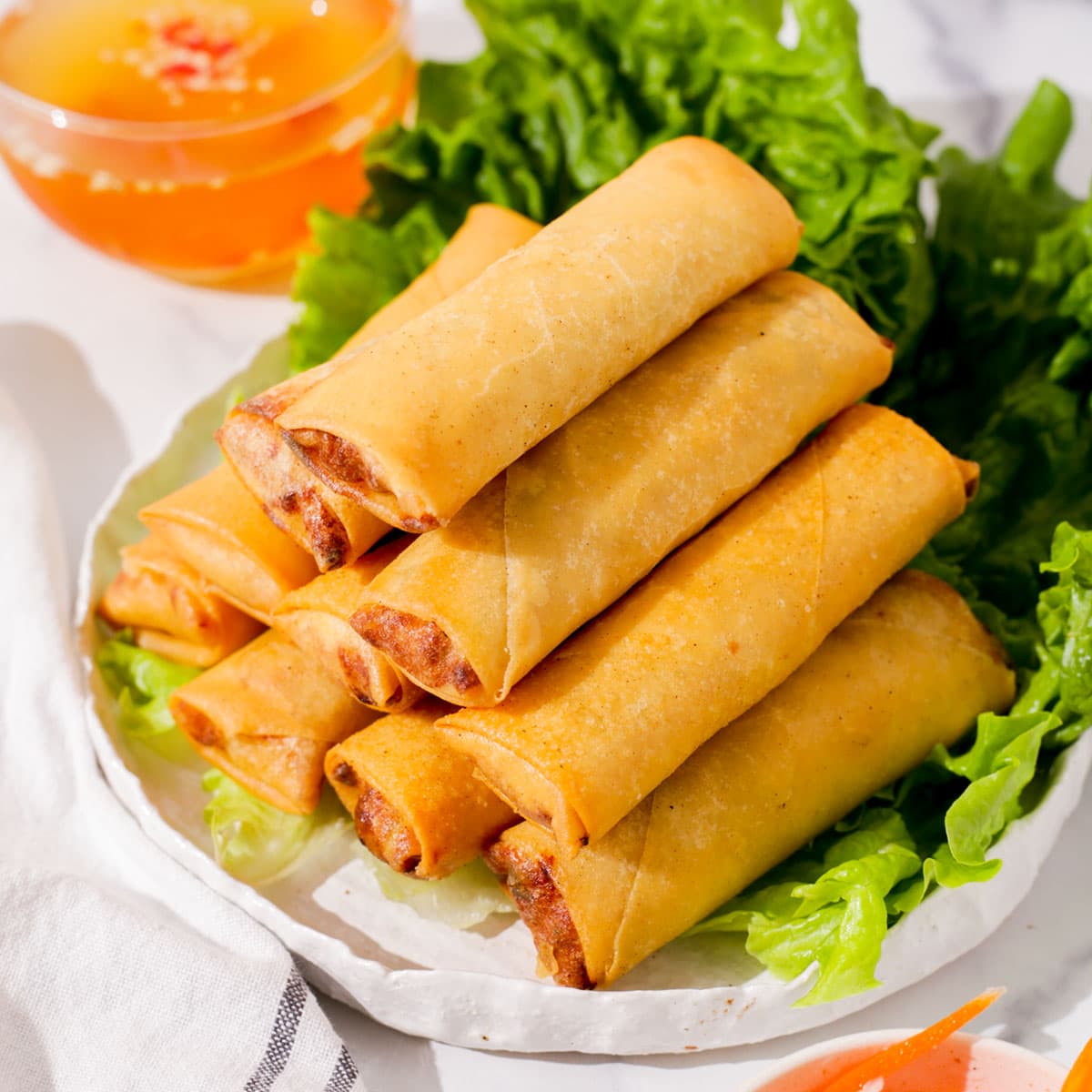The Difference Between Spring Rolls and Egg Rolls
When it comes to Asian cuisine, two popular dishes that often confuse people are spring rolls and egg rolls. While both are delicious and enjoyed by many, they have distinct differences in terms of ingredients, preparation, and cultural origins. In this article, we will delve into the dissimilarities between spring rolls and egg rolls, providing you with a better understanding of these delectable treats.
1. Cultural Origins:
Spring Rolls: Spring rolls are a traditional dish that originated in East Asia, particularly in China and Vietnam. They have been a part of Asian cuisine for centuries and have gained popularity worldwide.
Egg Rolls: On the other hand, egg rolls are a creation of Chinese immigrants who brought their culinary skills to the United States. They are primarily associated with American Chinese cuisine and are commonly found in Chinese-American restaurants.

(Spring Rolls)
2. Wrapper:
Spring Rolls: The key distinction between spring rolls and egg rolls lies in their wrappers. Spring rolls are typically wrapped in thin, translucent rice paper made from rice flour and water. These wrappers are delicate and light, allowing the ingredients inside to shine through.
Egg Rolls: In contrast, egg rolls are wrapped in thicker, dough-based wrappers made with eggs, flour, and water. These wrappers have a slightly denser texture and a yellowish tint, owing to the use of eggs in the dough.

(Egg Rolls)
3. Filling:
Spring Rolls: Spring rolls are often filled with a variety of fresh and raw ingredients. They commonly include vegetables such as carrots, cucumbers, bell peppers, lettuce, and herbs like mint and cilantro. Sometimes, they also incorporate cooked proteins like shrimp, chicken, or tofu. Spring rolls have a refreshing and crisp texture, with the focus on showcasing the natural flavors of the ingredients.
Egg Rolls: On the other hand, egg rolls typically contain a mixture of cooked ingredients. The filling often consists of ingredients such as chopped vegetables (cabbage, carrots, and bean sprouts), minced meat (pork, chicken, or shrimp), and sometimes noodles. The filling is cooked before being wrapped in the dough and is typically seasoned with soy sauce or other condiments for added flavor.
4. Cooking Method:
Spring Rolls: Spring rolls are usually not deep-fried. They are commonly served fresh or lightly steamed, making them a healthier option. The rice paper wrappers remain soft and slightly chewy, providing a delightful contrast to the crisp vegetables inside.
Egg Rolls: In contrast, egg rolls are deep-fried until golden brown and crispy. The frying process gives them a crunchy exterior and a slightly greasy texture. While this cooking method adds a delightful crunch, it also means that egg rolls tend to be higher in calories compared to spring rolls.
5. Serving and Dipping Sauce:
Spring Rolls: Spring rolls are often served as appetizers or part of a larger meal. They are typically accompanied by a dipping sauce that complements the fresh flavors of the rolls. Popular dipping sauces include sweet chili sauce, hoisin sauce, or peanut sauce, which add a touch of sweetness and tanginess to the rolls.
Egg Rolls: Similarly, egg rolls are commonly served as appetizers or as part of a meal. They are often enjoyed with a side of duck sauce or sweet and sour sauce, which enhances the savory flavors of the cooked filling.
In conclusion, although both spring rolls and egg rolls share similarities in terms of shape and the idea of a wrapped dish, they differ significantly in their cultural origins, wrappers, fillings, cooking methods, and even serving styles. Whether you prefer the light and fresh taste of spring rolls or the crispy, savory goodness of egg rolls, both of these delightful creations have their own unique appeal and are worth trying. So, next time you're at an Asian restaurant, don't hesitate to explore the flavors and textures of both spring rolls and egg rolls!